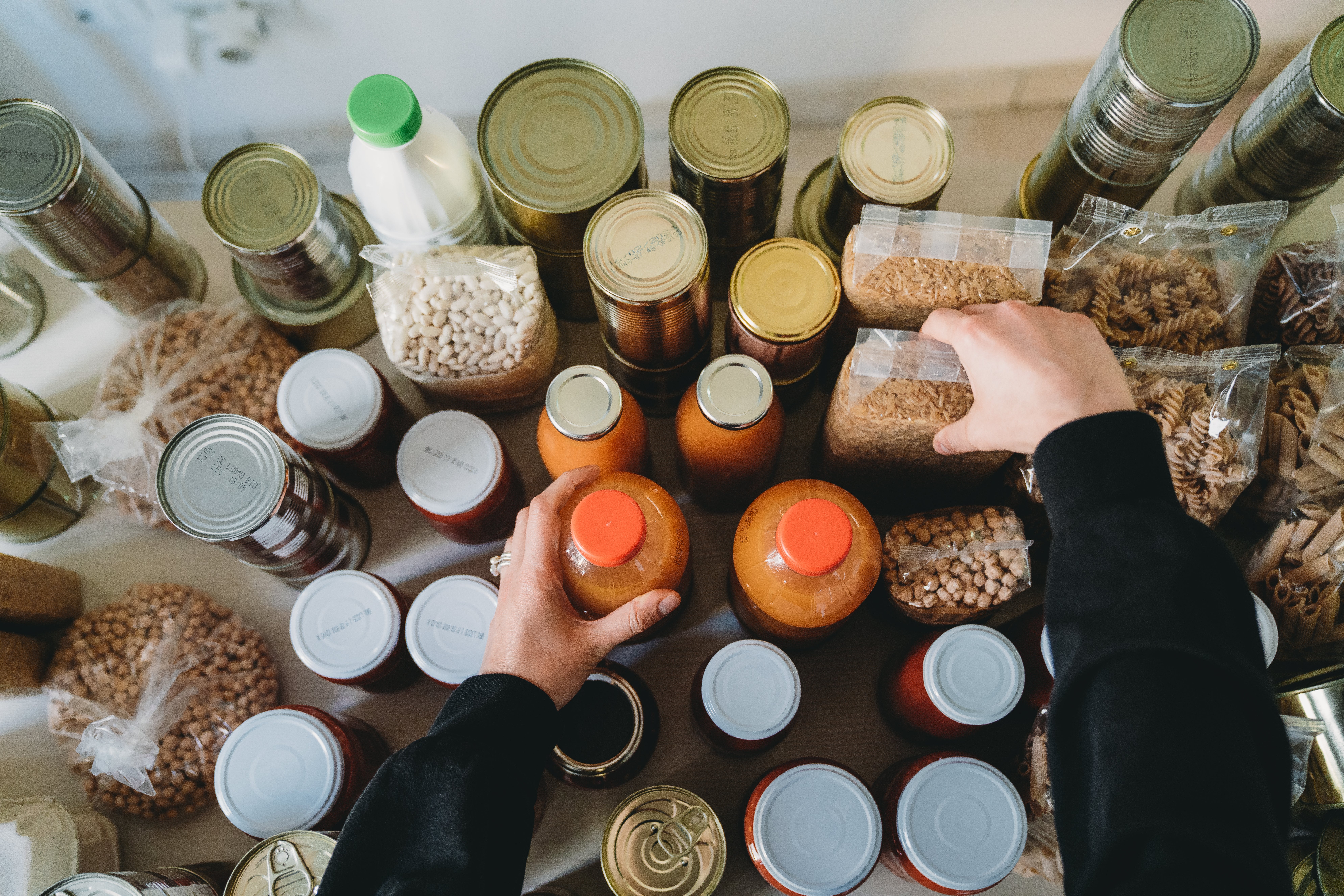The gap between the rich and the poor is too wide – but we’ve got to get the facts right
New statistics on income stubbornly refuse to confirm what ‘everyone knows’, which is that inequality is growing, writes John Rentoul


The gap between the rich and the poor in the UK has been broadly unchanged in the three decades since 1990, and yet the belief that it is widening – which was true in the 1980s – has persisted. Part of the reason for that is that people think the gap is too wide, and that injustice persists. Because poor people continue to suffer, it seems reasonable to assume that things are getting worse.
At the moment, with the pressures on the cost of living, things are getting worse for poor people – but they are getting worse for everybody, and that is the other problem with questions of poverty and inequality. Any sensible definition of poverty has to be relative, because what matters to people is how they compare with those around them, but these are complex things to measure, and difficult to reduce to easily comparable numbers.
However, Britain has higher quality statistics than most countries, and the most recent figures for people’s incomes have just been published. There are two different sources of official figures. This morning, the Department for Work and Pensions (DWP) published its survey known as “Households on Below Average Incomes”, which covers the period up to last April.
It includes an estimate for the Gini coefficient, a single measure of how unequal incomes – from work, benefits and pensions – are across the whole population. It suggests that incomes were slightly more equal in the year to April 2021 than in the year before. The Gini fell from 39 per cent to 38 per cent for incomes after housing costs. That is not a significant change, and the latest figures should be treated with “additional caution”, the DWP’s statisticians warn, because the survey switched from face-to-face to telephone interviews because of lockdown restrictions. The survey more or less covered the first year of the pandemic in the UK.
That is why it is important to look at longer-term trends and to compare the DWP figures with those from a different survey. The Office for National Statistics published its latest figures for household incomes on Monday, and they show roughly the same picture. Its figures for disposable income also showed a slightly more equal distribution overall in the year to April 2021. This was despite the income of the poorest one-fifth of the population falling by more (3.4 per cent) than that of the richest one-fifth (1.3 per cent), which only goes to show what a crude measure the Gini is, reflecting a more equal distribution among the middle three-fifths of the population.
That said, all the evidence is that overall income inequality has not changed significantly for 30 years, despite an increase in total incomes and changes in the labour market, with more women in full-time, well-paid jobs and more men in part-time, low-paid work.
This is so surprising that many people refuse to believe it. What about food banks, they ask. It’s a good question, and there is some evidence that at the very poorest end of the income scale, things have become worse since the coalition government in 2010, when the sanctions regime for benefits claimants became more stringent. But some sanctions were eased during the pandemic, and the £20-a-week uplift in universal credit made a big difference for millions.
That is why Rishi Sunak’s failure to uprate benefits and the state pension over the coming year seems such a cruel and unnecessary measure, and Rachel Reeves, the shadow chancellor, was quite right to call for part of next year’s likely bumper uprating to be brought forward.
To keep up to speed with all the latest opinions and comment, sign up to our free weekly Voices Dispatches newsletter by clicking here
The other common objection to the income inequality figures is: what about wealth? It is true that wealth is even more unequally distributed than income, but there are two surprising facts about that, too. One is that wealth is more unequal in Germany and the Scandinavian countries than in the UK; and the other is that the level of inequality of wealth in the UK hasn’t changed significantly since the mid-1990s.
This has implications for the social justice warriors among us. Two in particular. One is that we have to get our facts right if we are criticising the Conservatives now, or the coalition government’s record, or the record of the New Labour government.
Anyone attacking the Tories for having widened the gap between rich and poor has to be precise about which groups they are talking about. It may be that the very poorest are falling behind, and it may be that they are about to do so further, but among most of the population, inequality has not increased (yet).
The other is that it shows how hard it is to achieve greater equality in a modern, open and free society. You can either say that New Labour’s record was disappointing, or that its achievement in preventing inequality from increasing at a time of adverse labour market trends was heroic. Its tax and benefits policies increased redistribution from rich to poor, and if they had been continued the income and wealth gaps might have started to close a little. But policies to promote social justice have to be based on facts, rather than on what “everyone knows”.






Join our commenting forum
Join thought-provoking conversations, follow other Independent readers and see their replies
Comments